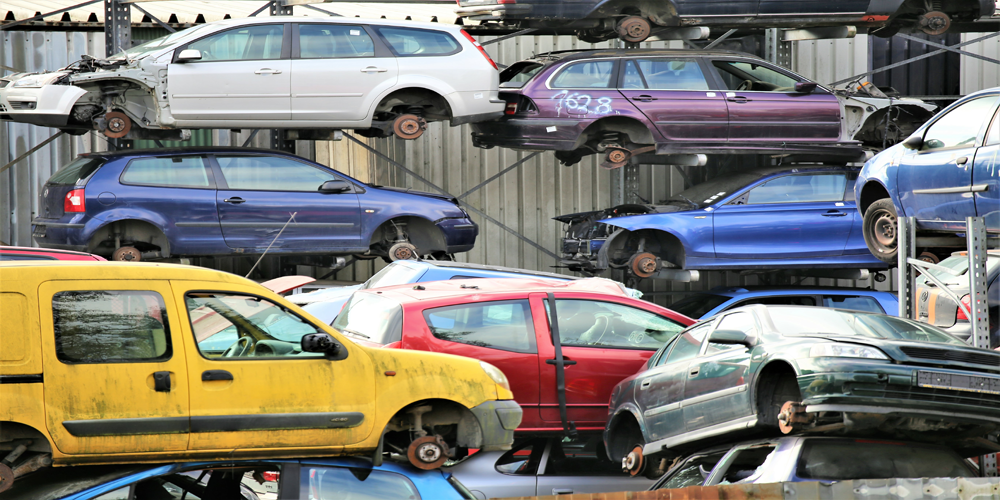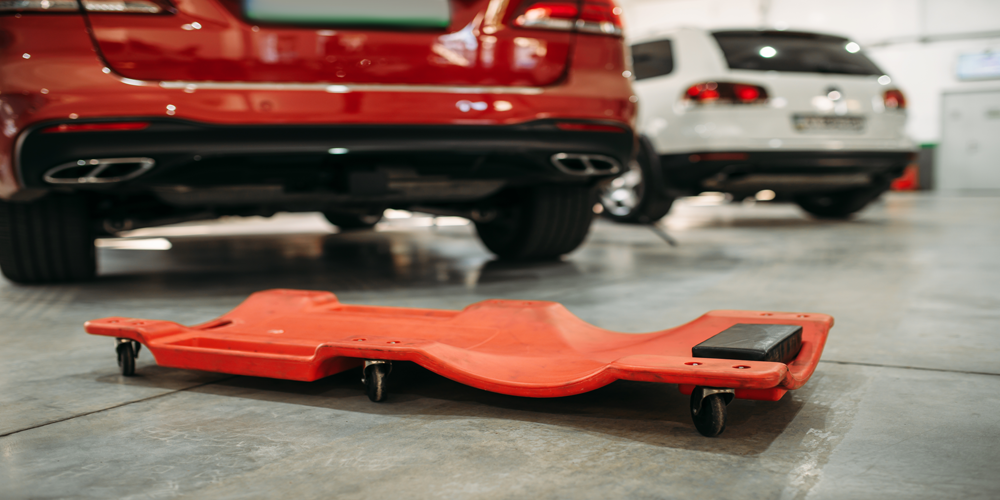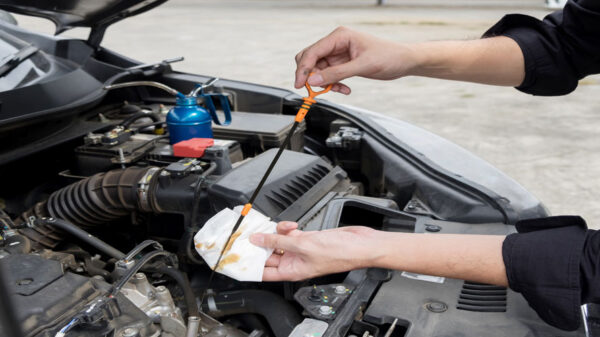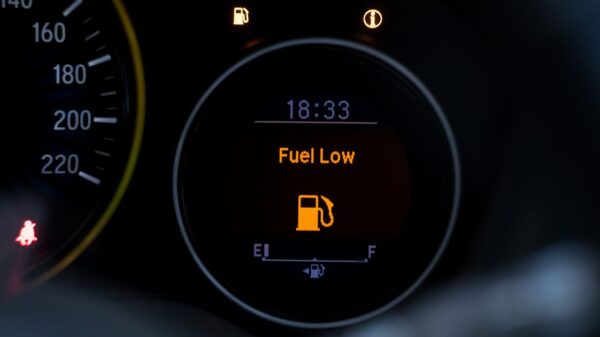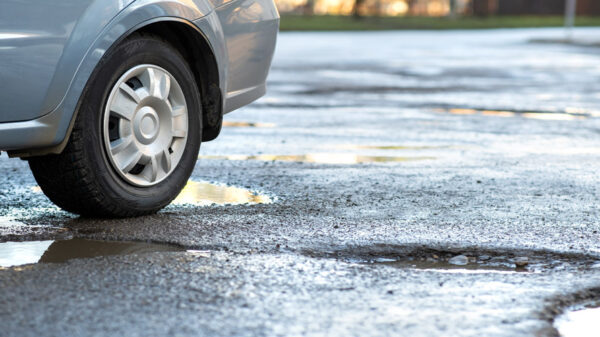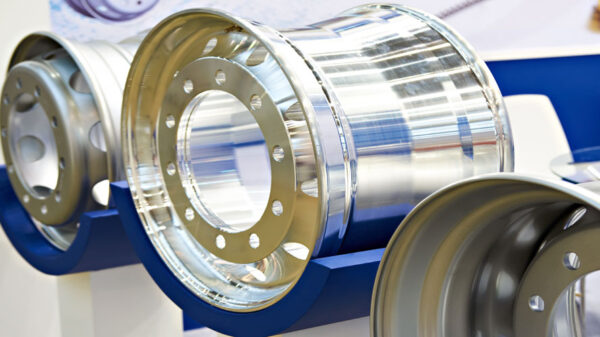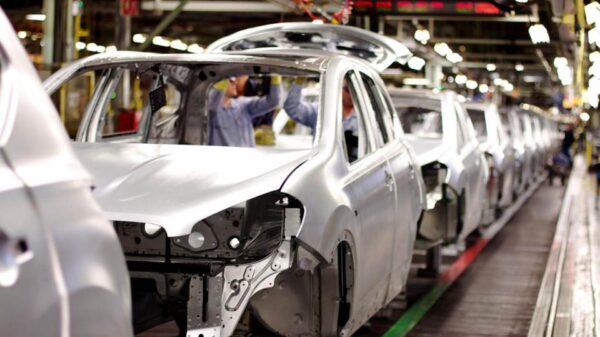Understanding Car Scrap Yards and Recycling
Imagine a place where cars at the end of their life journey find new purpose. Car scrap yards are these transformative spaces. Here, vehicles are stripped down and their parts sorted. The process is not just about disposal; it’s a recycling act that turns what was once waste into valuable resources.
The concept of recycling cars is part of a larger green movement. This movement aims to reduce waste and pollution. It also helps conserve raw materials and energy. By understanding the role of car scrap yards in recycling, we can appreciate their place in environmental conservation.

Benefits of Car Scrap Yards and Recycling
Why bother with car scrap yards? The answer lies in their benefits. These yards help keep hazardous materials out of landfills. They ensure that reusable parts find new life in other vehicles. This reduces the need for new parts. It saves energy and raw materials, cutting down on emissions. In this way, car scrap yards play a vital part in sustainable living.
Exploring Car Scrap Yards
Salvaging and Sorting Car Parts
Car scrap yards are like treasure troves. Workers there identify which parts can be saved and reused. This task requires skill. They assess each component’s condition. Parts that can’t be reused get sent for recycling. This systematic sorting is crucial. It ensures that nothing goes to waste.
Identifying Usable Parts
What makes a car part reusable? It must be safe, functional, and in demand. Experts in scrap yards check each part carefully. They look for signs of wear and damage. Those that pass the test are cleaned and refurbished. Then, they are sold to repair shops or individuals. This is how scrap yards contribute to a circular economy.
Processing and Preparing for Recycling
Parts that can’t be reused are not simply thrown away. Metals, plastics, and fluids are separated and processed. This preparation is important for the next stage of recycling. It allows for easier and more efficient material recovery.
Environmental Impact
The positive environmental impact of scrap yards is significant. They reduce the need for mining and manufacturing new materials. This means less pollution and energy use. By recycling, we’re preserving our planet for future generations.
Recycling Cars
Dismantling and Disposing of End-of-Life Vehicles
Dismantling cars is a complex process. Professionals remove each part with care. They separate materials like rubber, glass, and metal. This careful disassembly is crucial. It prevents toxic substances from harming the environment.
Extracting and Recycling Materials
Every part of the car can find a new use. Metals are melted down and remolded. Glass and plastics undergo their own recycling processes. Even tires are ground into rubber for various uses. This extraction and recycling help conserve natural resources.
Reusing and Repurposing Components
Reusing goes beyond just car parts. Seat covers can become bags. Windshields might turn into glassware. Each repurposed item keeps materials out of landfills. It’s a creative and practical approach to waste reduction.
Green Recycling Practices
Sustainable Techniques for Car Disposal and Recycling
Green recycling practices are all about sustainability. This means using less water and energy. It’s about reducing emissions. Techniques include using solar power and recycling water. These methods make car recycling more eco-friendly.
Innovations in Eco-Friendly Recycling Processes
Innovation drives progress in car recycling. New machines can sort materials faster and more accurately. Better techniques for handling hazardous materials are being developed. These advances make recycling safer and more effective.
Economic and Environmental Impact
Contributions to Sustainable Resource Management
Scrap yards contribute to sustainable resource management. They turn waste into wealth. This cycle supports a growing industry. It creates jobs and reduces our environmental footprint. It’s a win-win for the economy and the planet.
Economic Benefits and Challenges in Car Scrap Yards and Recycling
The economic benefits of car recycling are clear. It’s a billion-dollar industry. But there are challenges too. Prices for recycled materials can fluctuate. Plus, maintaining eco-friendly practices can be costly. Despite these challenges, the industry continues to grow.
Future Trends and Developments
Advancements in Car Recycling Technologies
The future looks bright for car recycling. Technology is advancing rapidly. Soon, we may see fully automated scrap yards. These would increase efficiency and safety. New technologies could also improve the quality of recycled materials.
Integration of Circular Economy Principles
The circular economy is gaining traction. This model focuses on reuse and recycling. It minimizes waste. Car scrap yards are already part of this movement. As more industries adopt these principles, we’ll see greater sustainability.
Final Thoughts on Car Scrap Yards and Recycling
Car scrap yards are more than just the final resting place for vehicles. They are hubs of sustainability. Through recycling and reuse, they help protect our environment. They support the economy. And they offer us a glimpse into a more sustainable future.


